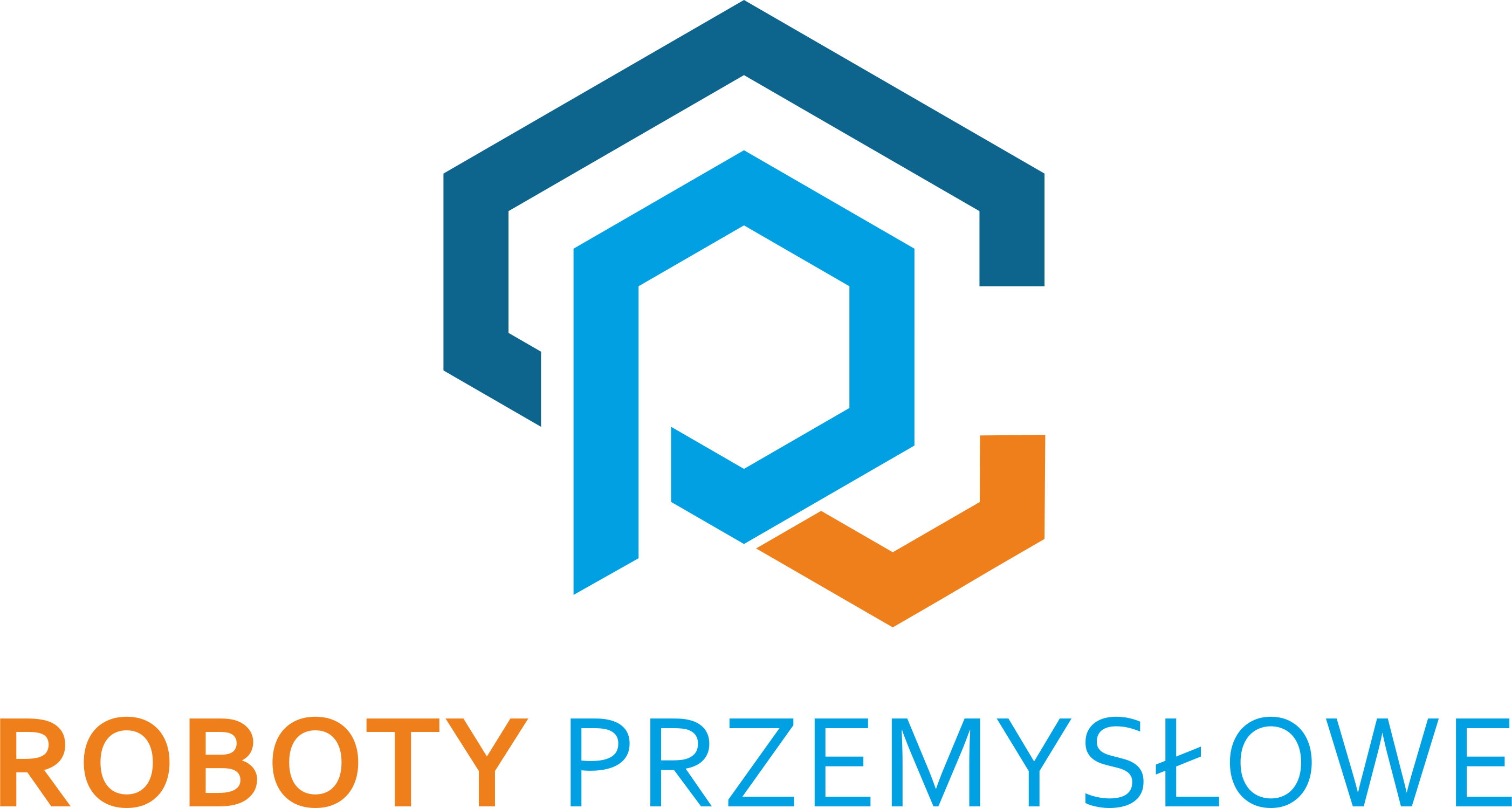Content
Containers offer lower isolation and https://www.xcritical.com/ security than VMs since they share the same system kernel. If you’re running your Docker container processes as root, a hacker could break out of the container and take control of the host system. They’re designed to efficiently utilize system resources such as CPU, memory, and storage.
What are the best Docker tools? An overview

This is where applications and their dependencies are encapsulated into containers, making them portable and easy to deploy across any environment supporting the container runtime. Containerization tools like Docker package software, libraries, and configuration files into lightweight, executable packages. Containers launched from these images ensure consistency in software execution, regardless of the underlying infrastructure. With cloud as a service, there’s no way for companies to overprovision specific cloud resources, because they pay only for what they need. Plus, thanks to the subscription-based model, it’s easier to determine costs in advance and create more accurate budgets. By offering CaaS through subscriptions or the pay-per-use model, cloud as a service offers significant benefits for both providers and the Proof of identity (blockchain consensus) companies paying for the services.
- There can be some confusion, especially because CaaS is often called IaaS, and compute as a service shares the same acronym as containers as a service.
- On top of that, CaaS is excellent since it promotes agile development, supports microservice architecture, and is extremely useful for building highly scalable applications rapidly.
- It also supports a range of networking and storage options, enabling seamless deployment of containerized applications.
- Cloud as a service is crucial for the modern world, providing numerous benefits for businesses and their clients.
- Each virtual machine maintains its own instance of the container platform.
- In this case, the team is responsible for deploying and maintaining the infrastructure, which adds to the overhead and increases complexity.
Apple’s AI-powered mail app might convince you to ditch Gmail
To execute on any host system, software must incorporate its dependencies, including code, runtime, configuration, and system libraries. Software development teams may quickly scale and deploy containerized apps to high-availability cloud infrastructures thanks to CaaS. Container-as-a-service (CaaS) is a cloud platform that enables developers to deploy and crypto-as-a-service manage containerized applications on a large scale. When a user only works with a few containerized apps, it’s feasible to manage the containerization process manually.

Achieving AI-readiness with hybrid cloud
Google Cloud Run enables developers to run stateless containers in a scalable and secure environment without dealing with infrastructure management. It automatically scales applications in response to incoming requests and then scales down when demand decreases. The goal of taking a service-oriented approach to providing IT resources is to help users focus completely on their core business. A developer who uses PaaS to test applications, for example, just needs to load his own code into the cloud. All technical requirements for the build process, as well as managing and deploying the application, are provided by the PaaS platform provider.
Container Orchestration Platforms
Container security, which has become crucial as containerization gains traction, involves safeguarding every stage of the container lifecycle, from image creation to runtime. Key practices include using trusted images, enforcing strict access controls, conducting regular vulnerability scans, and monitoring for anomalous activities. For comprehensive security solutions, organizations can consider partnering with providers such as CrowdStrike, which specialize in securing containers and other cloud-native technologies. Docker Swarm serves as a clustering and orchestration mechanism for managing Docker containers.
IONOS Cluster hosting is directly available to customers via the IONOS cloud panel and combines the IONOS IaaS platform with the market-leading container technologies, Docker and Kubernetes. Today, organizations are using containers as a service (CaaS) to meet their new IT demands. Users can only continue to operate their data centers effectively when they have an extensive understanding of the various services available to them. Customers can contract with CaaS companies to provide them with communication services. According to their needs, the consumer might increase their service requirement. This makes communication services flexible and scalable, as well as cost-effective.
The company’s processes can run faster, and employees and executives get insights whenever and wherever they need them. Plus, the underlying infrastructure is never the problem, because they get exactly what they pay for. The cost of maintaining the technology used to provide communication services is not borne by the customer that outsources the CaaS service. The rise of cloud computing jobs shows us that cloud-related technologies are a hot topic. Learning the pros and cons of cloud computing will help you with CaaS as a concept. As containers tend to maintain an isolated environment, they have no dependency on other containers or underlying infrastructure.
With CaaS, developers can prioritize building and deploying apps without worrying about the underlying infrastructure or storage requirements. Containerized applications are composed of software code packaged with just the operating system (OS) libraries and dependencies required to run them. They are agile, executable units (containers) that can run on virtually any IT infrastructure, from on-premises data centers to hybrid cloud and multicloud environments. The provider hosts the environment on a hardware infrastructure with each server running its own operating system and virtualization software. The virtualization layer hosts one or more virtual machines, which in turn host one or more containers, often many more than what Figure 1 depicts.
Individual applications, including all dependencies (libraries, configurations files etc.) are executed as encapsulated instances. This enables the parallel operation of several applications with different requirements on the same operating system as well as deployment across different systems. It’s worth noting that Docker was the first open source software tool to popularize building, deploying and managing containerized applications. However, the Docker container platform lacked an automated “orchestration” tool, which made it time-consuming and complex for data-science teams to scale applications.
Unlike traditional virtual machines, containers encapsulate an application’s software environment, ensuring the application runs seamlessly across any computing environment. Containerization provides a lightweight alternative to virtual machines by offering similar resource isolation and allocation benefits but with significantly reduced overhead. Those who are against cloud computing services usually cite security concerns.
It comes with a database, file storage, user management, APIs, SDKs, push notifications, and authentication, to name a few. BaaS lets you focus on your frontend and business logic instead of wasting time and money on repetitive programming tasks. CaaS platforms typically offer a lower level of control compared to other cloud models. Customers can’t fine-tune the machines their containers run on or configure how their apps should scale. The CaaS definition is Containers as a Service is a cloud computing model that allows developers to upload, build, scale, and manage containers. Read our 101 post to learn more container security best practices to keep your containerized applications and environments safe from adversaries.
A .gitignore file allows you to define what files and directories shouldn’t be added to the version control system. In this section, we’ll look at how to build, dockerize, and deploy a simple Python web application. This guide was designed specifically for Back4app Containers, but similar steps can be applied to any other CaaS provider.
This layer talks to applications to ensure the containers run as expected and maintain the required SLAs. Moreover, orchestrators take the responsibility of positioning containers on appropriate hosts in a cluster, provisioning network resources, and keeping the applications running. Kubernetes is one such known standard for container scheduling and orchestration.
One of the top companies offering containers as a service is Oracle Container Service, where you can receive fully managed containers with excellent features. Oracle Container Service makes creating, distributing and managing your applications on containers in distributed clusters simple and efficient. On adopting cloud-based applications, organizations should shift their focus from host-based monitoring to service-oriented and container-specific monitoring. Since CaaS platforms isolate containers from the underlying infrastructure, monitoring only containers at a service level becomes feasible, reducing the need to monitor the physical hosts.



